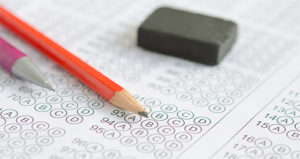
Getting Students to Stop Cramming for Exams
How many of your students still cram for exams? Students should be studying just before tests, but it should not be their first time seriously looking at course materials. Multiple research findings make clear that one frenzied period of study right before the exam generally











